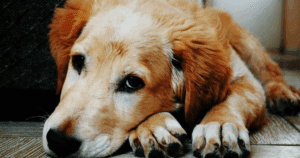
When a dog finds something valuable and fears that it is going to be taken away or they are invested in or possessive about it, they might stiffen, growl, lunge or even bite. This is known as ‘resource guarding’ and often occurs around food or toys, but also items of clothing, certain chairs or places on the couch – anything that a dog values highly – including ourselves!
In the wild, resource guarding is a valuable survival instinct when resources are limited. But it’s not so great when our closest canine companions do it – and any dog can be prone to resource guarding.
When I first took in Vindi my newest rescue dog, he was very protective about holes he had dug in the ground. Why, who knows, as we can’t always understand what a dog considers valuable.
We should always be mindful of our dog’s body language and those early warning signs that they’re feeling anxious or attempting to ‘guard’ an item.
These include stiffening of the body over an item, a hard stare, ‘whale eye’ (when dogs show the whites of the eyes), lifting of lips, low growling, and of course baring of teeth.
As with any training, start early when your dog is still a puppy by using positive reinforcement training when taking something of value away from them.
This can include using something of higher value, like a tasty treat to show them that even better things come when their toy or bowl of food is taken away, or praising them for no reaction and giving it straight back to them. This way they learn that even if something is taken away, it isn’t the end of the world and sometimes even better things happen.
You can check out my training tips on how to teach them to leave or drop something in a positive way.
If your dog ‘suddenly’ become possessive over food, toys or their bed, or they become aggressive over them as they reach adulthood, do get them checked over by a Vet, just to make sure there is no underlying medical issue.
The introduction of a new pet can also trigger resource guarding, as can children getting in their space, so management of the environment and situations is important.
Feed dogs separately, teach them place training or crate training where they can go play with their toys or eat their treat in peace, keeping other pets and children away. Don’t set them up to fail.
Yelling at your dog, exerting dominance or trying to force them to give up something they consider valuable can make the problem worse.
And. when it comes to resource guarding of you or other people, make sure you or others aren’t reinforcing it by laughing, patting, giving them extra attention or goading them further.
If it has already, or could lead to, becoming a serious problem that could put people or other pets at risk then do seek the help of a qualified trainer.
You can find the Leave it and Place Training tips in the Training & Behaviour section of this website.
Lara Shannon is a certified dog behaviourist and trainer, pet food nutrition specialist, Executive Producer and Host of Pooches at Play on Channel 10 and editor of Poochesatplay.com. Lara also runs her own dog training business in Melbourne’s Bayside area and is the Author of World of Dogs and Eat, Play, Love (Your Dog).

Treating Noise Phobia in dogs and cats
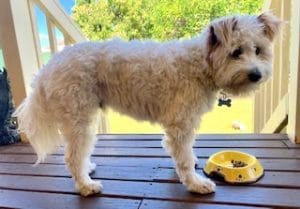
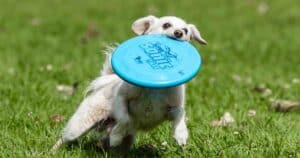
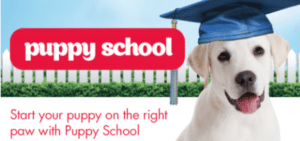
Choosing the right puppy school
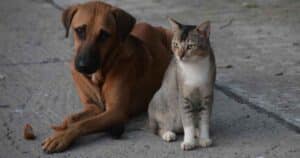


Get your paws on Lara Shannon’s best selling books ‘Eat, Play, Love (your dog) and World of Dogs.
Available in Australia, USA, UK and Canada.